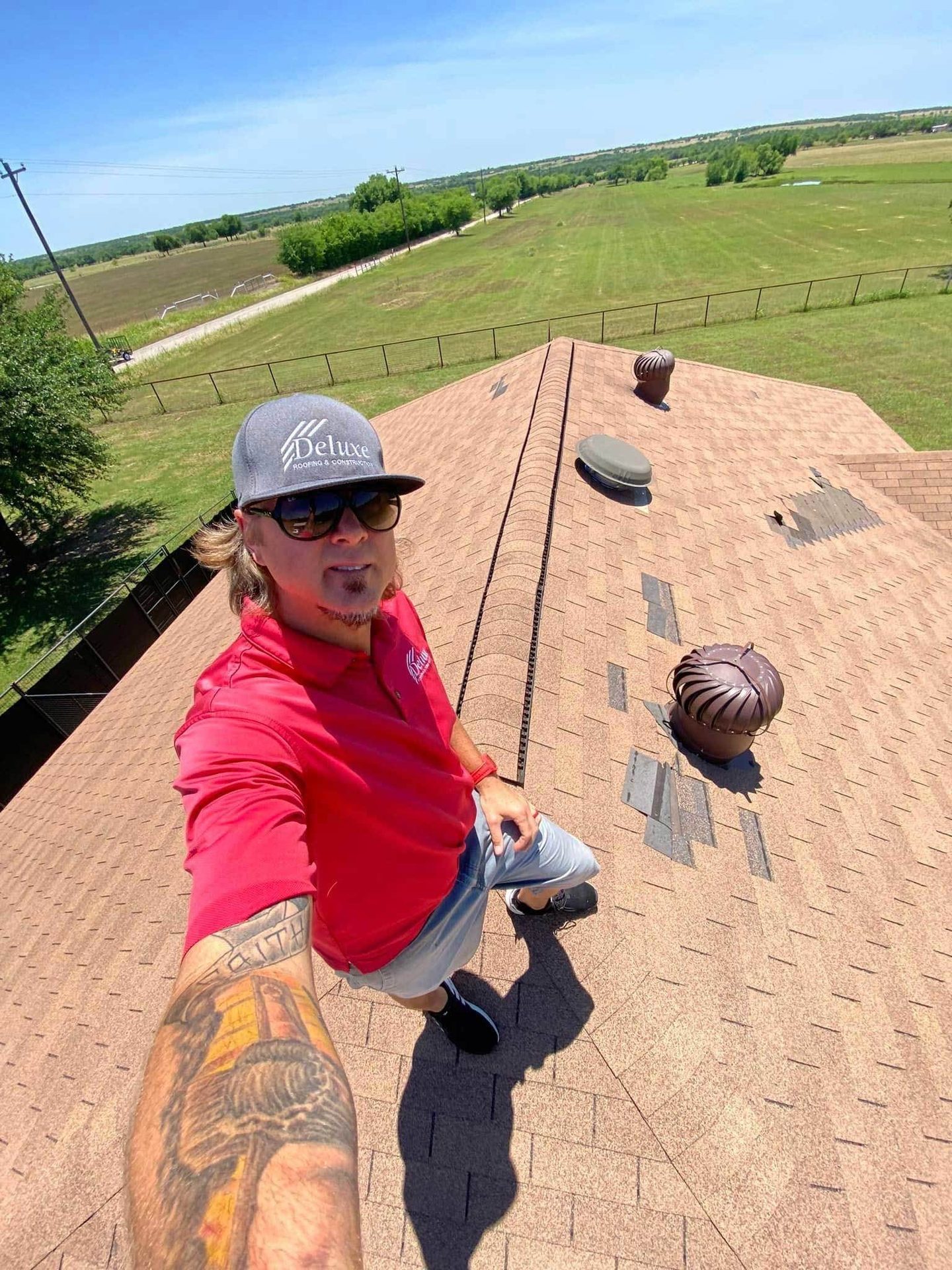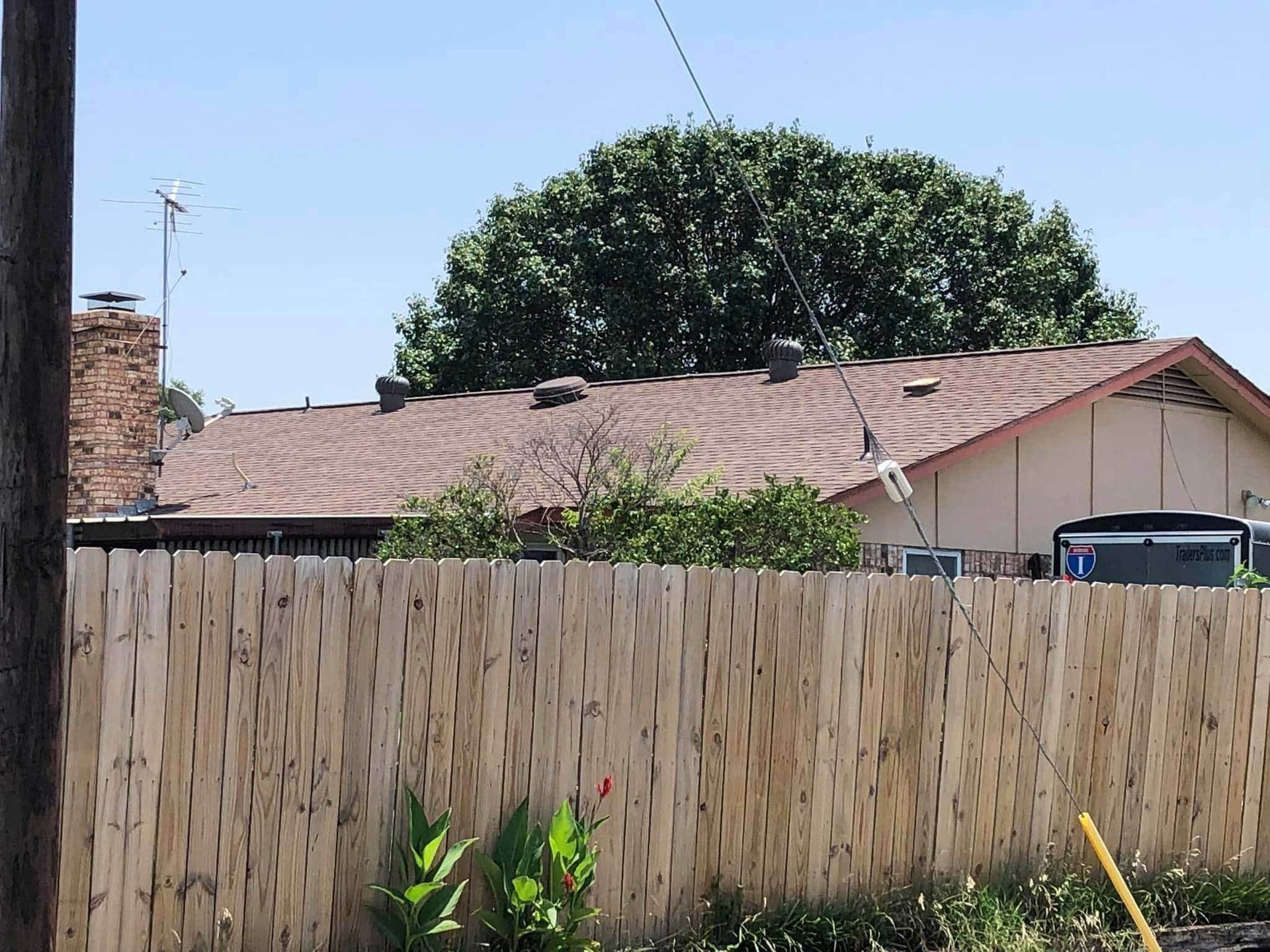Putting Social Media to Work for Your Roofing Business
Photo credit: sturti/E+ via Getty Images
Social media channels, especially Facebook, can give your roofing business a boost with the right photos and effort.
Posting attention-grabbing photos displaying your craft is just one example of how roofers can leverage their social media.
By Paul Scelsi
Something is stunning and eye-catching about a photograph taken by a roofing contractor from the roof: the elevation; the scenery in the background; the close-up view of the roof itself. In our podcast interview with Bobby Binion, sales manager at Deluxe Roofing & Construction in North Richland Hills, Texas, he shared the many benefits of his rooftop photography and social media.
“I post on social media to try to keep homeowners educated on the whole scenario of how roofing goes. I try to showcase what I’m doing on the roof, give them some insight into the whole roofing process, including working with insurance for roof damage claims,” Binion said. “Posting on social media also allows me to show how we are helping the community where we work. Every project we work on is an opportunity to help someone. So social media, for me, is a great marketing tool for growing our business.
“I try to post every few days something I’m working on. And it’s helped me tremendously over the last several years in particular just by showing a couple of pictures. Photos such as what we’re working on, mistakes we are correcting, and tricky applications we are solving. I’ll also post the positive reviews we are receiving. It all helps,” Binion says.

Bobby Binion, sales manager at Deluxe Roofing & Construction in North Richland Hills, Texas, shows off a typical photo he uses to promote his business on social media.
Educating Homeowners
On our social media platforms, we feature “Found in the Field” photographs submitted by roofing pros across North America. We use those as teaching moments to explain best practices, mistakes to avoid, and general success stories. Binion is a frequent contributor.
“I get on a lot of roofs and see a lot of different situations. As a roofing company, we see attic ventilation mistakes that many homeowners are blind to,” he says. “We’re able to point these out to homeowners with our photography and offer solutions. That’s helped us earn more business.”
Binion always includes his complete contact information when he posts on social media. That can lead to a phone call or text message inquiring about his roofing services.
“Sometimes, I get a text message or a random phone call from someone I never met before. At the end of the day, that makes me very happy. To be able to chat with someone I never met and let them know I’m here to help,” he said. “Most people are not very familiar with what’s involved in getting a brand new roof or how to work with an insurance company when filing a claim for a storm-damaged roof. Social media allows me to help get that education started.
“The roof on your home or your business is the most important part of your property so it’s vital to keep it in good shape. Social media helps me spread that message. I sleep well at night knowing I am helping people.”

Photos posted on social media can not only show off final projects, but help educate potential customers by pointing out common mistakes in roofing, like Air Vent's "Found in the Field" series.
Photography Tips
Binion says his go-to social media platform for his business is Facebook, which matches our research surveying seminar attendees about social media usage.
“For the most part, I use Facebook because I have a lot of friends and family using it. And when I meet people in the field and clients that I talk with, I try to add them to my Facebook contacts,” Binion said. “And that’s another reason I like to post the projects I’m working on because my new contacts might see it.”
Binion has a couple of photography tips to share specifically for social media and in general.
- Zoom out. “When I take a selfie on the roof, I’m first of all making sure I’m safely secured. I also use the camera mode on my phone that allows me to expand to a wide view,” Binion said. I can attest to the zoom-out feature! One of the first things that caught my eye in Binion’s selfie photos is what appeared to be his five-foot-long reach with his arm! “I get that comment a lot.”
- More is better. “I take a ton of photos of every property I work on, whether it’s residential or commercial. I use the app CompanyCam, and I’ve been very grateful to have it,” Binion said. “I use the photos to show clients what I’m seeing. The majority of the people you meet are not going to go on top of their roofs. So they really do not know what’s going on up there. My photos help explain. I recommend roofing contractors take a ton of photos. You can never take too many. Use them to let clients know what you are seeing.”
As the name implies, social media is “social.” Binion believes in being social. He believes in being public.
“If you’re using social media to grow your business, put your work out there for people to see. Don’t be embarrassed or shy when it comes to sharing what you’re doing and who in the community you are helping, from small projects to big projects. I’ll post anything, including repairs,” he says.
“Posting on social media also allows me to show how we are helping the community where we work. Every project we work on is an opportunity to help someone. So social media, for me, is a great marketing tool for growing our business.”
Free Repairs Pay the Bills
Speaking of repairs, Binion has a tip.
“I don’t charge for basic repairs when I can do them myself on the spot, and I have the needed tools and materials with me. I just do it and tell the client, ‘You don’t owe me anything, but I would like your future business.’ They can’t believe it, and they’re always very grateful. And they tell people about it. So, don’t sleep on repairs,” Binion said. “It may be a year or two or three or maybe five years down the road before you hear from that client again, but they definitely have you in the back of their mind and they’re going to reach out to you when they need something. I get calls from people often I have no idea who they are, but they remember the free repair I did. Those free repairs will pay the bills down the road, and you’re growing your business by helping people.”
Paul Scelsi is the marketing communications manager at Air Vent and leader of its Attic Ventilation: Ask the Expert™ seminars (airvent.com). He hosts the podcast, “Airing it out with Air Vent,” and he’s the chairman of the Asphalt Roofing Manufacturers Association Ventilation Task Force.
